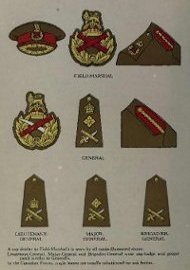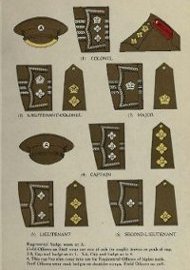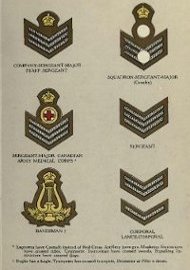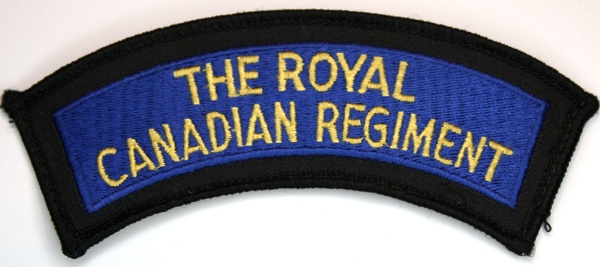Topic: Military Theory
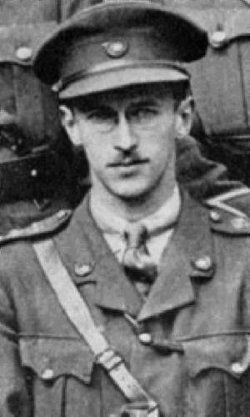 Journal of the Royal United Service Institution
Journal of the Royal United Service Institution
Vol. LXXV, Feb to Nov, 1930.
The Essence of War
A series of articles have recently appeared in the Journal dealing with the Principles of War; but what seems to be no more important than abstract principles are practical guides. Napoleon knew that only the pratical is useful when he gave us his maxims. Yet the modern tendency had been to search for a "principle" which can be expressed in a single word—and then need several thousand words to explain it. Even so, these "principles" are so abstract that they mean different things to different men, and, for any value, depends on the individual's own understanding of war. The longer the search for such omnipotent abstractions is continued the more do they seem a mirage, neither obtainable nor useful, save as an intellectual exercise.
In contrast, certain axioms seem to emerge from a close and extensive study of war. These cannot be expressed in a single word, but they can be put in the fewest words necessary to be practical. They apply both to strategy and tactics, unless otherwise indicated.
1. Always try to choose the line (or course) of least probably expectation—from the enemy's point of view.
2. Follow the line of least resistance—so long as it can lead you to any objective which would contribute to your underlying object. In tactics this axiom applies especially to your use of reserves. (In strategy it applies to the exploitation of any tactical success.)
3. Aim to make these two lines coincide by taking a line of advance which threatens alternative objectives. Thus you will have your opponent on the horns of a dilemma, and have the opportunity of swerving to gain whichever objective he guards least. (This axiom applies most to strategy, but should be applied where possible in tactics.)
4. Ensure that both your plans and your dispositions (or formations) are elastic. Your plan should foresee and provide for a next step in case of success, or failure, or of partial success—which is the most common case in war. Your dispositions should be such as to allow the exploitation or alternation in the shortest possible time.
5. Don't lunge when your opponent can parry. A general has more resources, and should have more resource, than a bayonet-fighter. And in contrast, a body of troops has not the same power of quick recovery as an individual.
The experience of history shows that no effective stroke is possible until the enemy's power of resistance or evasion is paralyzed. Hence no commander should launch a real attack upon an enemy in position until he is satisfied that such paralysis has developed. (Although worded tactically, this axiom should also be construed strategically.)
6. Never renew an effort along the same line (or in the same form) after it has once failed. A mere reinforcement of weight is not sufficient change, for it is probably that the opponent also will have strengthened himself in the interval.

The critic may well advance the usual objection to the first axiom, "What will the enemy be doing meantime?" The historical answer is that he will be doing the obvious and assuming that you are doing likewise. The experience revealed in history is sufficiently abundant to justify this hypothesis. Each side tries to frame the plan which seems most sound: it credits its adversary with similar soundness; and the result is stalemate. Then they attempt further moves on similar calculations—until at last exhaustion or despondency calls "time" to the struggle.
Very infrequently a commander has rejected the obvious and pursued the unexpected. He has won a decisive success—unless fortune has played foul. For luck can never be divorced from war, as war is part of life. Hence the unexpected cannot guarantee success. But it guarantees the best chance of it. That is why the successes of history, if not won by abnormally clever generalship, have been won by generalship that is outrageously foolish. Perhaps that is why Britain has had such a long run on the world's stage.



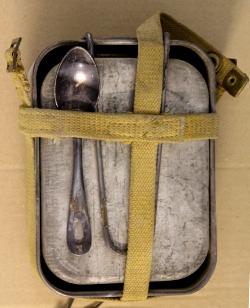 The mess tin ration or 48-hour ration provides subsistence for the first 48 hours after landing.
The mess tin ration or 48-hour ration provides subsistence for the first 48 hours after landing.
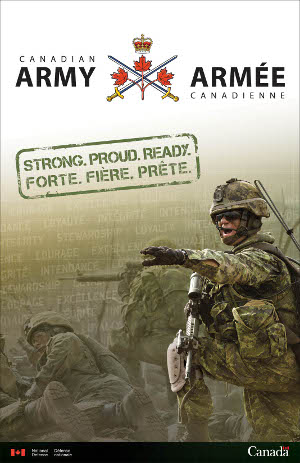
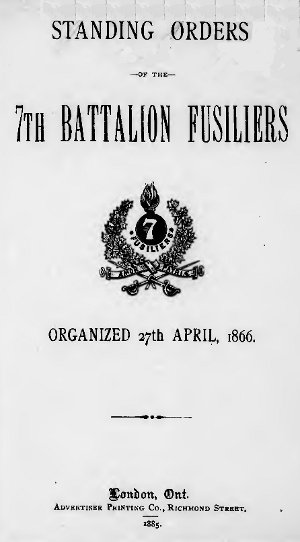 The 7th Fusiliers, which became the Canadian Fusiliers (City of London Regiment) (M.G.), was amalgamated with
The 7th Fusiliers, which became the Canadian Fusiliers (City of London Regiment) (M.G.), was amalgamated with 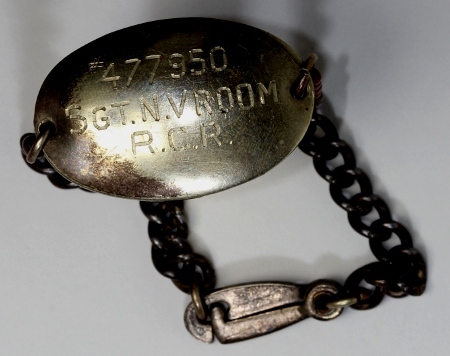 Norman Percy Vroom, originally of Middleton, Ann. Co. Nova Scotia, enlisted in
Norman Percy Vroom, originally of Middleton, Ann. Co. Nova Scotia, enlisted in 

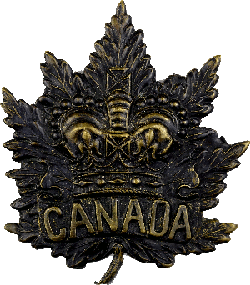
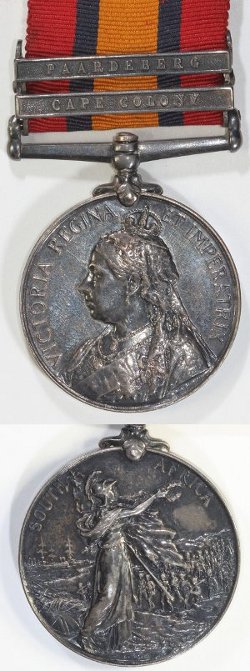

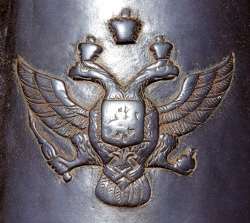 But if you ask most residents of
But if you ask most residents of 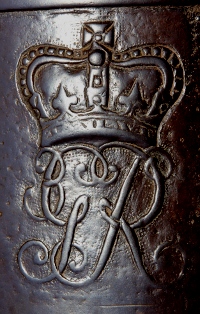 "These cannon were used at the siege of Sebastopol, and were brought to this country after the capture of that city by the British in 1855.
"These cannon were used at the siege of Sebastopol, and were brought to this country after the capture of that city by the British in 1855. 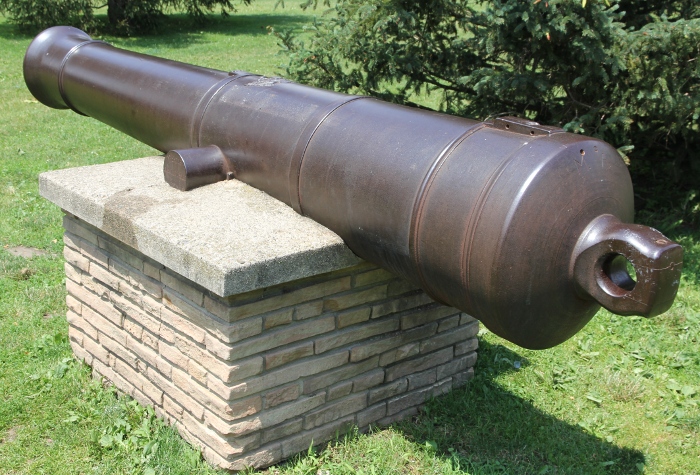
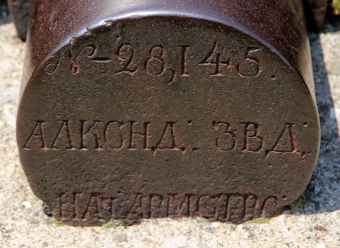
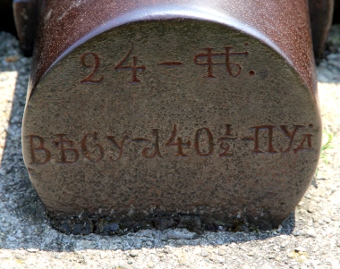
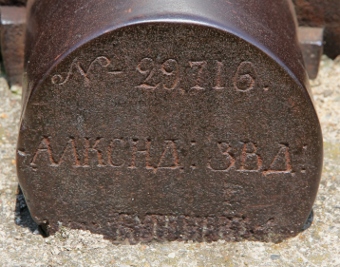
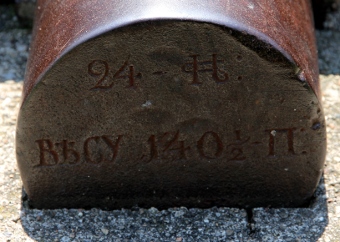

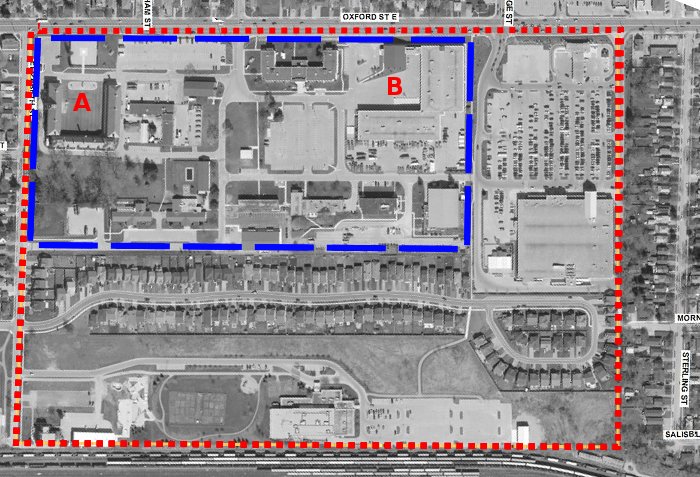
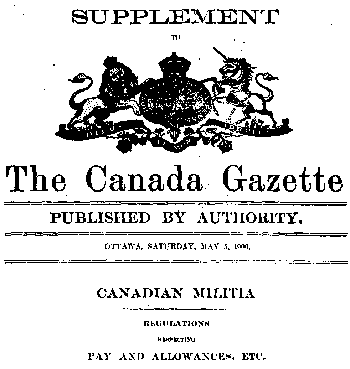 Ration Allowances.
Ration Allowances.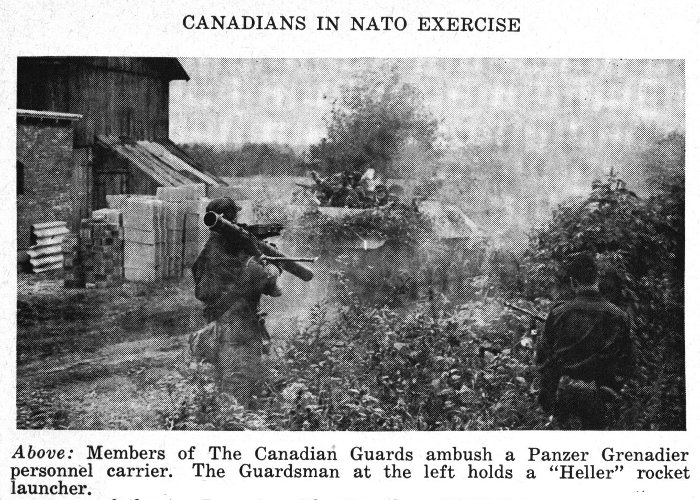
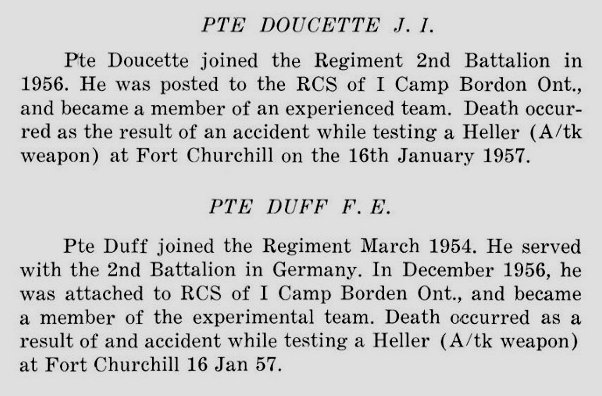
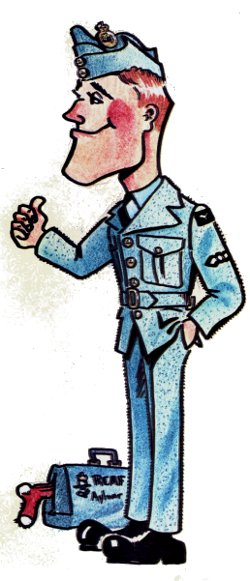 Remember when …
Remember when …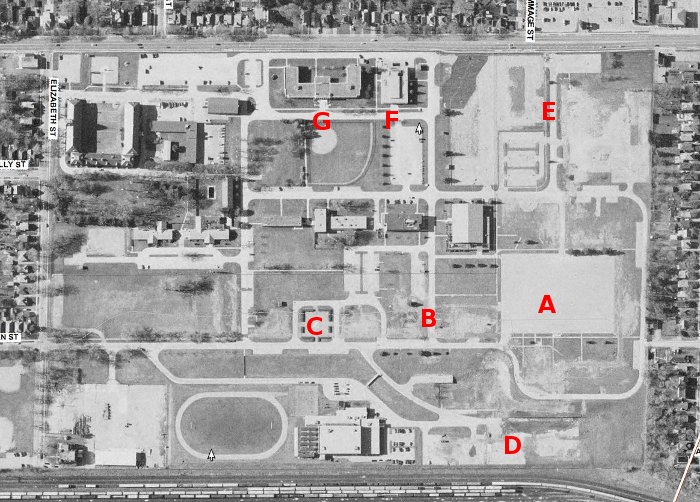
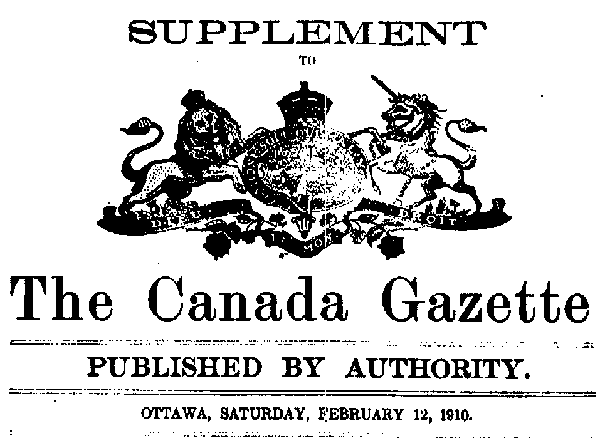

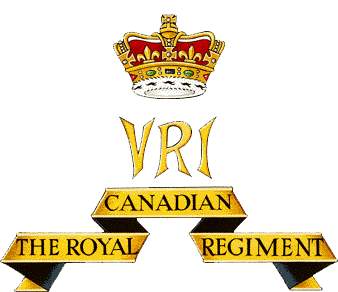
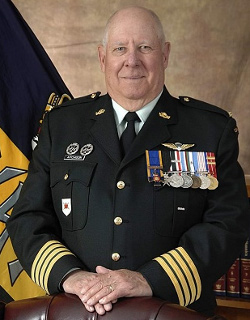 My predecessors will attest to the statement that the life of the Colonel of The Regiment is filled with "events", one of which I recently wrote about.
My predecessors will attest to the statement that the life of the Colonel of The Regiment is filled with "events", one of which I recently wrote about.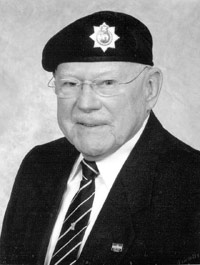 Let me "Fast Forward" to the events I listed at the opening of this piece and speak about each of them - again, not in the order I listed them.
Let me "Fast Forward" to the events I listed at the opening of this piece and speak about each of them - again, not in the order I listed them.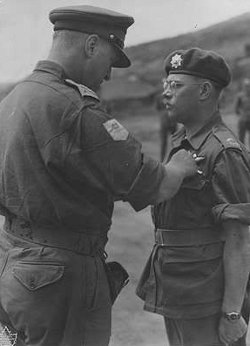 His "context" is that he was the Platoon Commander of 7 Platoon of Charlie Company of 3 RCR the night of 2-3 May 1953 - just over 60 years ago. It was Ed and the very brave men of his platoon who faced the
His "context" is that he was the Platoon Commander of 7 Platoon of Charlie Company of 3 RCR the night of 2-3 May 1953 - just over 60 years ago. It was Ed and the very brave men of his platoon who faced the 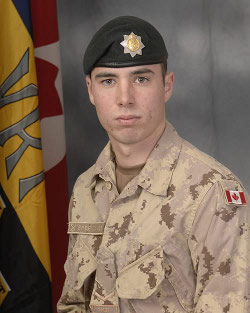 What's my point?
What's my point?
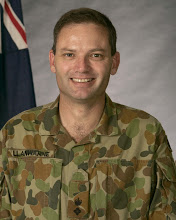 In Australian there is a gentleman,
In Australian there is a gentleman, 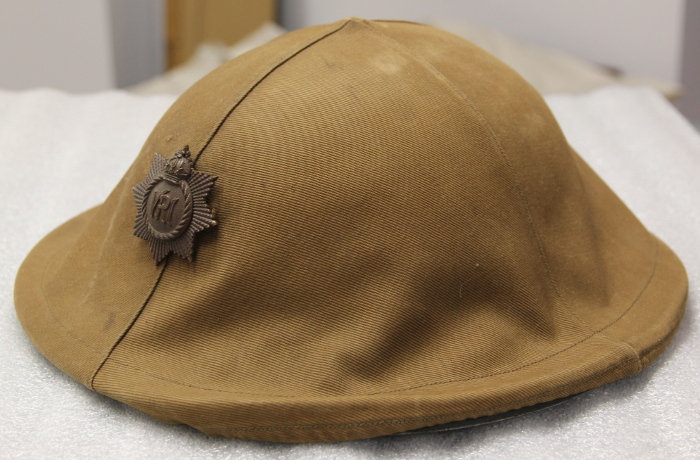
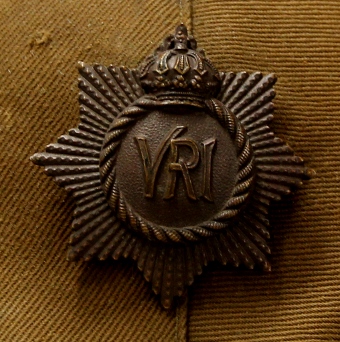 Along the way Cock was a notable regimental personage in
Along the way Cock was a notable regimental personage in 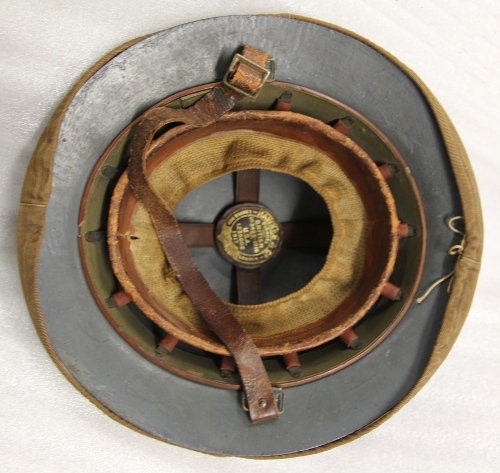


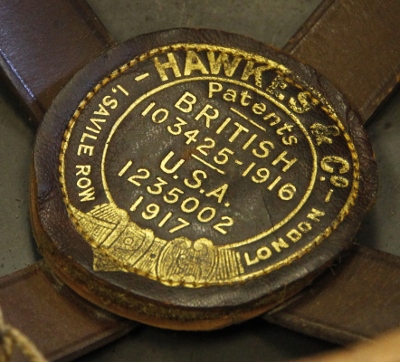
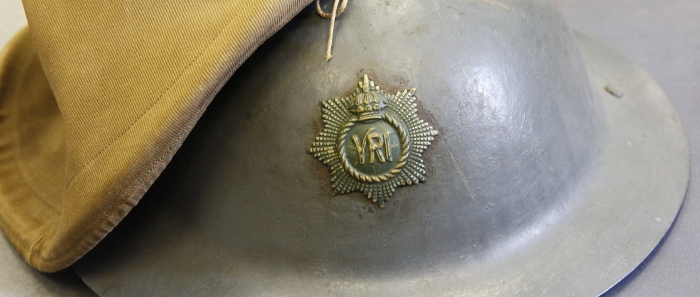
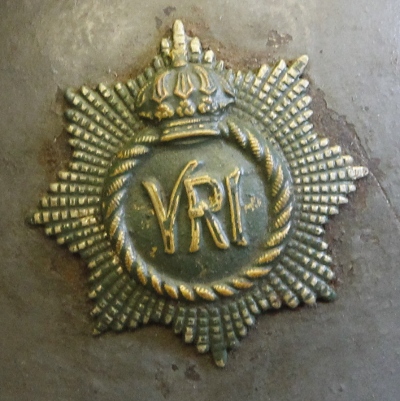
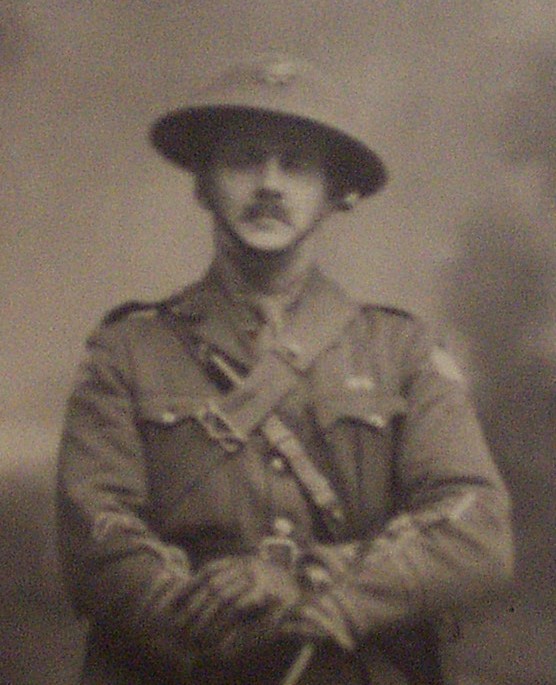
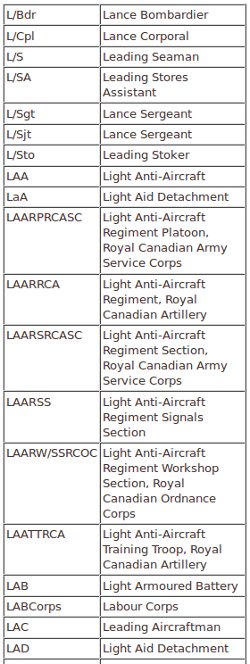 Once someone has acquired the service record of a Canadian soldier, sailor or airman of the
Once someone has acquired the service record of a Canadian soldier, sailor or airman of the 
